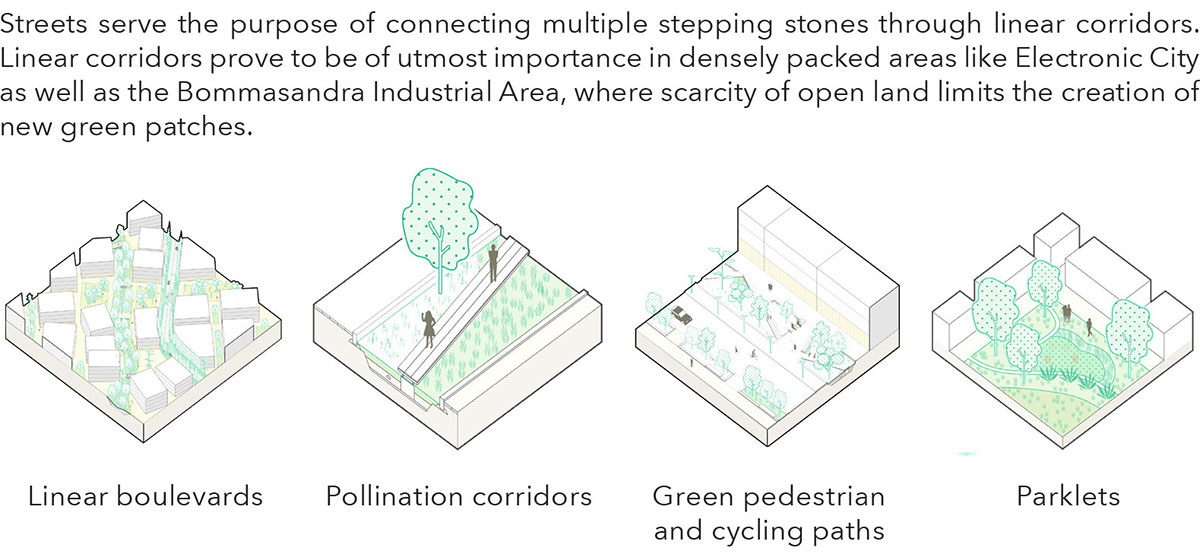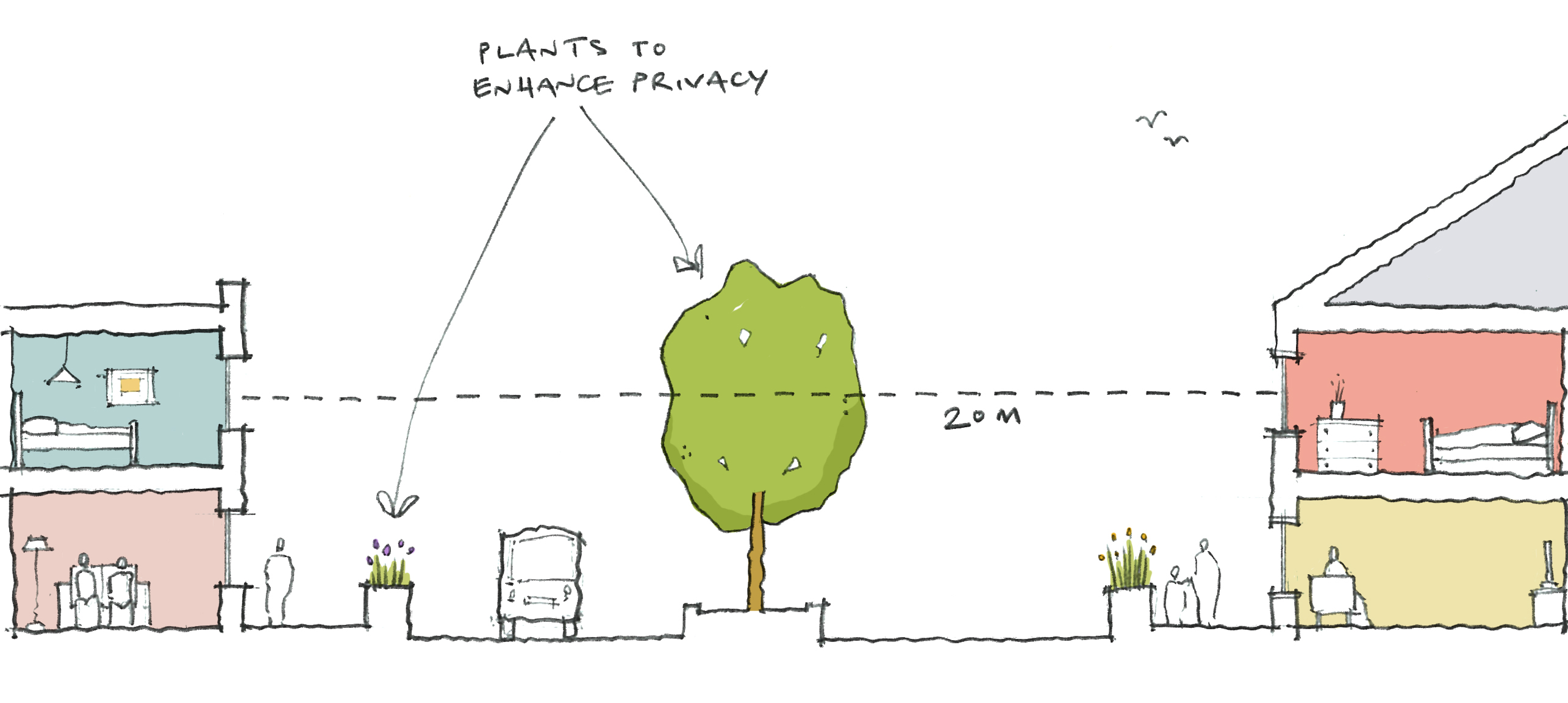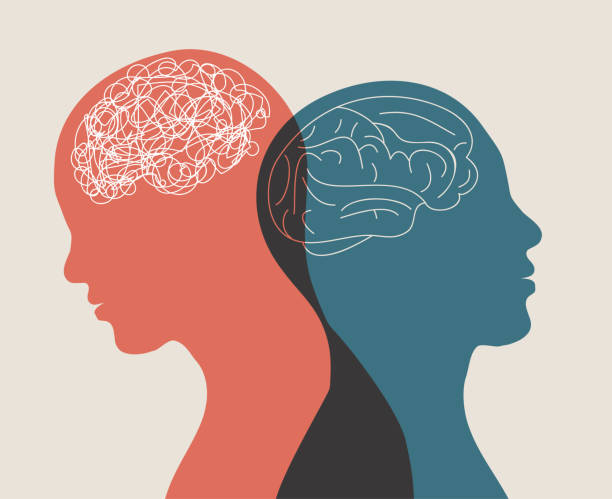Introduction
Winston Churchill once said, “We shape our buildings; thereafter they shape us.”
Today, neuroscience and psychology show that our physical surroundings profoundly affect our emotions, cognition, and well-being.
Read More- Main Character Syndrome
Why Architecture Affects Our Minds
Humans evolved in dynamic, natural environments, yet many now live and work in sterile, windowless boxes. Our brains still expect cues like daylight, fresh air, and complex patterns. When architecture aligns with these needs, it boosts our mood; when it doesn’t, it creates stress (Kellert et al., 2008).

Key Psychological Elements of Architecture
The 6 key factors are-
1. Light
Exposure to natural light regulates circadian rhythms, improves mood, and reduces depression risk (Cheung et al., 2019). Buildings with big windows or skylights support well-being, especially in workplaces and hospitals.

2. Space and Scale
Cramped spaces increase cortisol (the stress hormone), while spacious areas feel freeing (Evans & Wener, 2007). Ceiling height also matters: higher ceilings promote abstract thinking; lower ones can feel oppressive (Meyers-Levy & Zhu, 2007).
3. Nature (Biophilic Design)
Biophilic design incorporates natural elements—plants, water, views of trees—into architecture. Studies show these features reduce anxiety and increase cognitive performance (Browning et al., 2014).

4. Color
Colors evoke psychological responses: blue calms, red excites. Hospitals often avoid red walls because it can raise heart rates (Küller et al., 2009).
5. Noise
Acoustic design is crucial: unwanted noise increases stress, impairs memory, and disrupts sleep. Schools with better sound insulation show improved student outcomes (Shield & Dockrell, 2003).
Sick Building Syndrome
Poor design can literally make people sick. Sick building syndrome (SBS) describes symptoms like headaches, fatigue, and difficulty concentrating caused by factors like poor ventilation, bad lighting, and indoor pollutants (Redlich et al., 1997).
Hospitals and Healing Architecture
Studies show patients recover faster in hospital rooms with:
- Views of nature
- Access to daylight
- Reduced noise levels
Ulrich’s (1984) landmark study found surgical patients with a window view of trees needed less pain medication than those facing a brick wall.
Schools and Learning Environments
Well-designed classrooms improve academic outcomes and student behavior. Key factors include:
- Ample daylight
- Flexible spaces for different activities
- Acoustic comfort
A UK study found well-designed primary schools can boost learning progress by up to 16% (Barrett et al., 2015).
Workplaces and Productivity
Open-plan offices were once hailed as modern and collaborative, but they often increase stress and reduce productivity due to noise and lack of privacy (Seddigh et al., 2014).
Better office design includes:
- Quiet areas for focused work
- Varied spaces (lounges, huddle rooms)
- Natural light and plants
Urban Architecture and Mental Health
Urban design affects community mental health:
Walkable neighborhoods encourage exercise and social interaction.
Parks lower depression rates in cities.
Dense, noisy, concrete-heavy environments raise stress levels and mental illness risks (Lederbogen et al., 2011).
The Neuroscience of Architecture
Neuroimaging shows that different environments alter brain activity:
- Calming environments reduce amygdala (fear center) activation.
- Chaotic, cluttered environments increase stress response (Erk et al., 2008).
Principles of Healthy Architectural Design
- Prioritize natural light and ventilation
- Add greenery indoors and outdoors
- Use calming, non-glare materials
- Incorporate human-scale proportions
- Create spaces for social connection and solitude
Biophilic and Restorative Architecture
Biophilic design goes beyond potted plants—examples include:
- Green walls in offices
- Indoor fountains
- Tree-lined courtyards in hospitals
Restorative architecture creates environments that actively heal, seen in projects like Maggie’s Cancer Centres in the UK, where architectural features are designed specifically to soothe stress.
Designing for Neurodiversity
Inclusive design matters: neurodivergent individuals (e.g., people with autism or sensory sensitivities) can be overwhelmed by bright lights, loud noises, or visual clutter. Thoughtful architecture includes:
-
Dimmable lighting
-
Quiet rooms
-
Predictable layouts (Mostafa, 2014)
Future of Architecture and Mental Health
New technologies let architects simulate how people feel in virtual models before construction begins. Virtual reality testing helps predict stress levels, engagement, and comfort.
Conclusion
The spaces we inhabit profoundly affect our emotions, cognition, and mental health. Thoughtful architecture doesn’t just create buildings—it shapes human lives. As awareness grows, we can design schools, hospitals, offices, and homes that support our well-being, proving Churchill right: our buildings truly shape us.
References
Barrett, P., Davies, F., Zhang, Y., & Barrett, L. (2015). The impact of classroom design on pupils’ learning: Final results of a holistic, multi-level analysis. Building and Environment, 89, 118–133.
Browning, W. D., Ryan, C. O., & Clancy, J. O. (2014). 14 Patterns of Biophilic Design. Terrapin Bright Green.
Cheung, I. N., Zee, P. C., Shalman, D., Malkani, R. G., Kang, J., & Reid, K. J. (2019). Morning and evening blue-enriched light exposure alters metabolic function in normal weight adults. PLOS ONE, 14(9), e0222118.
Erk, S., Spitzer, M., Wunderlich, A. P., Galley, L., & Walter, H. (2008). Cultural objects modulate reward circuitry. NeuroReport, 19(4), 398–402.
Evans, G. W., & Wener, R. E. (2007). Crowding and personal space invasion on the train: Please don’t make me sit in the middle. Journal of Environmental Psychology, 27(1), 90–94.
Kellert, S. R., Heerwagen, J. H., & Mador, M. L. (2008). Biophilic design: The theory, science and practice of bringing buildings to life. Wiley.
Küller, R., Ballal, S., Laike, T., Mikellides, B., & Tonello, G. (2009). The impact of light and colour on psychological mood: A cross-cultural study of indoor work environments. Ergonomics, 52(11), 1305–1317.
Lederbogen, F., Kirsch, P., Haddad, L., Streit, F., Tost, H., Schuch, P., … & Meyer-Lindenberg, A. (2011). City living and urban upbringing affect neural social stress processing in humans. Nature, 474(7352), 498–501.
Mostafa, M. (2014). Architecture for autism: Autism ASPECTSS in school design. Archnet-IJAR: International Journal of Architectural Research, 8(1), 143–158.
Redlich, C. A., Sparer, J., & Cullen, M. R. (1997). Sick-building syndrome. The Lancet, 349(9057), 1013–1016.
Seddigh, A., Berntson, E., Bodin Danielsson, C., & Westerlund, H. (2014). Concentration requirements modify the effect of office type on indicators of health and performance. Journal of Environmental Psychology, 38, 167–174.
Shield, B. M., & Dockrell, J. E. (2003). The effects of noise on children at school: A review. Building Acoustics, 10(2), 97–116.
Ulrich, R. S. (1984). View through a window may influence recovery from surgery. Science, 224(4647), 420–421.
Subscribe to PsychUniverse
Get the latest updates and insights.
Join 3,030 other subscribers!
Niwlikar, B. A. (2025, July 13). Architecture & Mental Health: 5 Important Factors of It. PsychUniverse. https://psychuniverse.com/architecture-mental-health/



